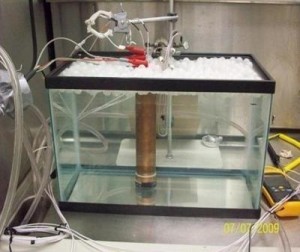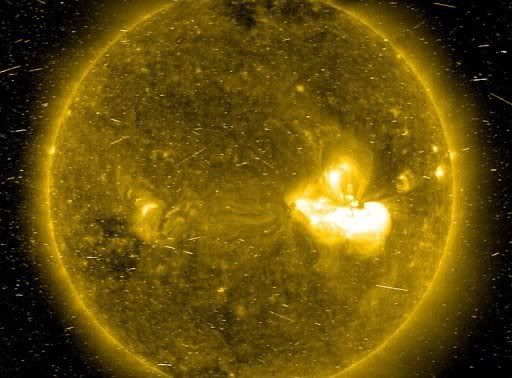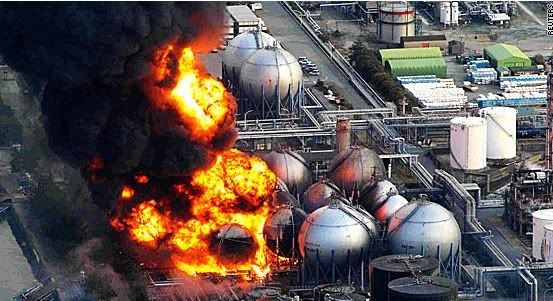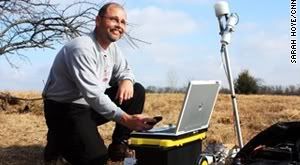Dr. Brian Josephson, winner of the 1973 Nobel Prize in Physics for his work on superconductivity, has recently released a YouTube video of an interview of himself conducted by Judith Driscoll, Professor of Materials Science at Cambridge University.
The stated purpose of the video is to wake up the media to the E-Cat story, which has not been widely reported on in the mainstream media of the English-speaking world. While some cold fusion advocates hypothesize the existence of a conspiracy of silence to suppress news with such important implications, Josephson suggests the silence is more due to an unwillingness of the traditional media outlets (both general and scientific) to risk appearing credulous by simply reporting on the story.
The content of the video is not really news for those who have been following the E-Cat story. Josephson himself is not likely privy to secret details of Andrea Rossi’s work, although he has kept up with developments in his capacity as an editor of the “Energy Catalyzer” page on Wikipedia. The video appears intended as an introduction of the energy catalyzer to a general audience including, of course, those in the media. Josephson uses a number of simple analogies and illustrations to explain why he believes the E-Cat could work. One of his analogies addresses the lack of high-energy gamma rays produced by Rossi’s device—a serious objection from a nuclear physics perspective if the device does indeed work by the fusion of nickel and hydrogen.
However, while he gives support for the idea that the E-Cat could work, Josephson doesn’t offer his own hypothesis detailing how he believes it does work. Perhaps optimists and skeptics alike can at least agree that there is still too little known publicly about the E-Cat for anyone (except Rossi, perhaps) to develop a comprehensive theory on how it functions, if indeed it does. A comprehensive theory is not necessary for the commercial success of device: it just needs to work. But, if it does work, there will be a much stronger demand than there is even now among scientists for more details on the process so that it can be researched properly. Rossi’s recent deal with the University of Bologna researchers is a positive development in that respect.
The imprimatur of a Nobel laureate in Physics may prove beneficial to Andrea Rossi, and to cold fusion research in general. In Dr. Josephson’s case that benefit may be tempered by the fact that he has been known as a cold fusion advocate for years. And perhaps it would also be wise to recall that a Nobel laureate in Physics, Sir John Cockcroft, was involved in hot fusion’s version of the Fleischmann-Pons story, so we have evidence, if we needed any, that a Nobel Prize in Physics doesn’t prevent one from drawing wrong conclusions in the field of physics.
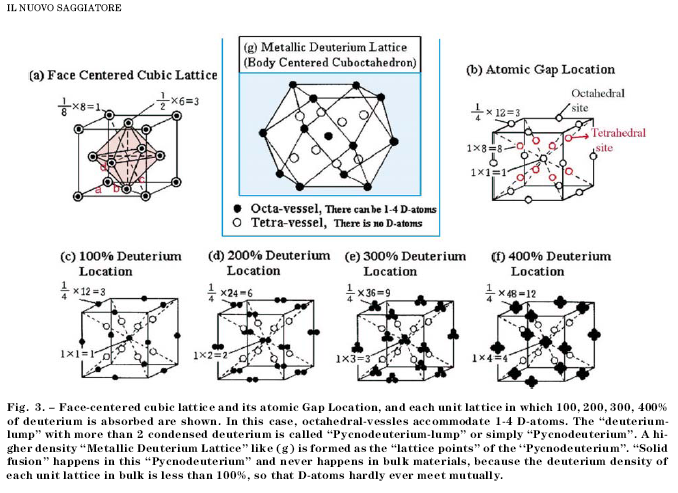
Still, if nothing else, Dr. Josephson’s YouTube video and tomorrow’s press conference in Greece may prove to be the catalysts that convince the mainstream media the time is right to start reporting this story. More media reporting on the story means a wider audience, and therefore more people talking about the E-Cat and cold fusion in general, and discussing whether it can be real. That seems to be precisely what Dr. Josephson is hoping to accomplish. We shall see if he is successful.
source: by Ivy Matt for Cold Fusion News Continue reading
